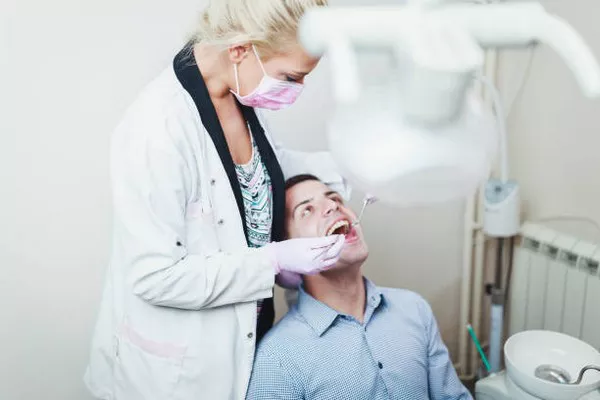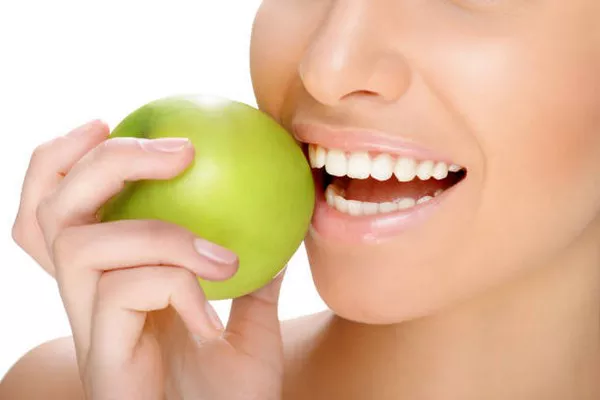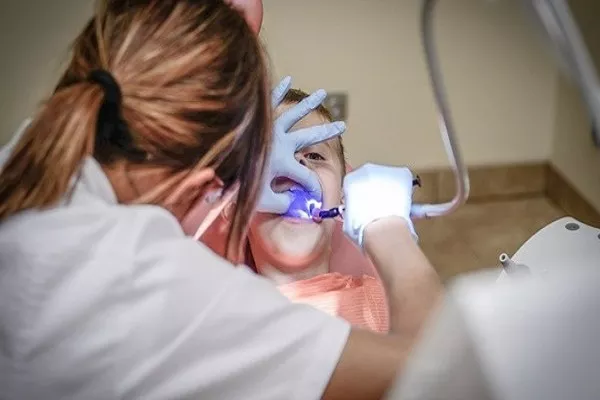After a dental filling, it’s essential to take care of your oral health to ensure a smooth recovery process. Part of this involves paying close attention to your diet immediately following the procedure. The foods you choose can greatly impact your comfort and the longevity of your dental work. In this comprehensive guide, we’ll discuss what foods to eat after a filling, along with some crucial tips for managing sensitivity, maintaining oral hygiene, and ensuring a speedy recovery.
Immediate Post-Filling Instructions
The type of filling you receive may influence how soon you can resume eating. Here’s a general guideline:
- Composite Fillings: For composite fillings, it’s typically safe to eat right after the procedure. However, it’s recommended to wait until any numbness from local anesthesia has worn off to avoid accidentally biting your tongue, cheek, or lips.
- Amalgam Fillings: Amalgam fillings, being more durable, allow for a quicker return to eating regular foods. Similar to composite fillings, it’s wise to wait until the numbness subsides.
Types of Foods to Eat
After getting a filling, it’s best to stick to soft and smooth foods to avoid irritating the treated tooth or dislodging the filling. Here are some ideal options:
- Yogurt: Yogurt is not only soft but also provides probiotics that can promote oral health.
- Smoothies: Blended fruits and vegetables are not only easy to consume but also provide essential nutrients.
- Mashed Potatoes: Soft and easy to swallow, mashed potatoes are gentle on the teeth and gums.
- Soup: Opt for broth-based soups or creamy soups without chunks of ingredients that could irritate the treated area.
- Oatmeal: Cooked oatmeal is a soothing option that can be flavored with honey or fruit for added taste.
- Applesauce: Unsweetened applesauce is another soft option that’s gentle on the teeth and gums.
- Scrambled Eggs: Soft scrambled eggs are easy to chew and provide protein for energy.
Foods to Avoid
To prevent any damage to the newly placed filling, it’s best to steer clear of certain foods immediately after the procedure. These include:
- Hard Foods: Avoid hard candies, nuts, and raw vegetables that require vigorous chewing.
- Crunchy Foods: Chips, crackers, and hard bread should be avoided to prevent any pressure on the filling.
- Sticky Foods: Stay away from chewy candies, caramel, and gum, as they can dislodge the filling.
- Hot and Spicy Foods: These may irritate the gums and cause discomfort, especially if the area is still sensitive.
Chewing Tips
When you do resume chewing, take it easy to prevent any discomfort or damage to the filling. Here are some tips:
- Chew Gently: Be mindful of how much pressure you apply while chewing, especially in the area of the filling.
- Avoid the Treated Side: If possible, chew on the opposite side of your mouth to give the filling time to settle.
- Take Smaller Bites: Reduce the size of your food portions to minimize the strain on the filling.
Managing Sensitivity
It’s common to experience some sensitivity to hot or cold foods after getting a filling. Here’s how you can manage it:
- Avoid Extreme Temperatures: Stick to foods and beverages that are close to room temperature to minimize discomfort.
- Use Sensitivity Toothpaste: Consider using a toothpaste specifically formulated for sensitive teeth to help alleviate discomfort.
- Rinse with Warm Salt Water: Swishing with warm salt water can help soothe sensitive gums and reduce inflammation.
- Limit Acidic Foods: Acidic foods and beverages can exacerbate sensitivity, so it’s best to consume them in moderation.
Oral Hygiene Post-Filling
Maintaining good oral hygiene is crucial for the success of your dental filling. Here are some tips to keep in mind:
- Brush and Floss Gently: Continue to brush and floss your teeth as usual, but be gentle around the filled tooth to avoid dislodging the filling.
- Use a Soft-Bristled Toothbrush: Opt for a soft-bristled toothbrush to prevent any unnecessary abrasion on the filling.
- Consider Fluoride Mouthwash: Using a fluoride mouthwash can help strengthen your teeth and reduce the risk of decay around the filling.
- Attend Regular Dental Check-Ups: Schedule regular dental check-ups to monitor the condition of your filling and address any concerns promptly.
Pain Management
Some discomfort after a filling is normal and can usually be managed with over-the-counter pain relievers such as ibuprofen or acetaminophen. Follow the recommended dosage instructions and consult with your dentist if the pain persists or worsens.
Follow-Up Care
If you experience prolonged sensitivity or discomfort after getting a filling, don’t hesitate to follow up with your dentist. They can evaluate the filling and make any necessary adjustments to ensure your comfort and oral health.
Professional Advice
These guidelines are intended to provide general advice on post-filling care. However, every individual’s situation is unique, so it’s essential to consult with your dentist for personalized recommendations tailored to your specific needs.
Conclusion
Choosing the right foods and practicing good oral hygiene are crucial steps in ensuring a smooth recovery after getting a dental filling. By following these guidelines and seeking professional advice when needed, you can help protect your dental health and maintain a beautiful smile for years to come.
FAQs About Eating After Tooth Fillings
1. What can you eat after a tooth filling?
After getting a tooth filling, it’s best to stick to soft and easy-to-chew foods to avoid irritating the treated tooth or dislodging the filling. Some ideal options include yogurt, smoothies, mashed potatoes, soup, oatmeal, applesauce, and scrambled eggs.
2. Is there anything to avoid after a filling?
Yes, there are certain foods you should avoid immediately after getting a filling to prevent any damage to the newly placed filling. These include hard foods like nuts and raw vegetables, crunchy foods like chips and hard bread, sticky foods like caramel and gum, and hot and spicy foods that may irritate the gums.
3. Can I eat pizza after a filling?
While pizza itself is not off-limits after a filling, it’s essential to be mindful of the toppings and crust. Opt for softer toppings like cheese and vegetables rather than hard or crunchy toppings like pepperoni. Additionally, choose a softer crust or let the pizza cool down to room temperature before eating to avoid any discomfort or damage to the filling.
4. How long does it take a filling to heal?
The healing time after getting a filling can vary depending on factors such as the type of filling, the size of the filling, and individual healing factors. In general, it may take a few days to a week for any discomfort or sensitivity to subside completely. However, it’s essential to continue practicing good oral hygiene and follow any post-filling care instructions provided by your dentist to ensure a smooth and speedy recovery. If you experience prolonged discomfort or sensitivity, be sure to follow up with your dentist for further evaluation and treatment.






























